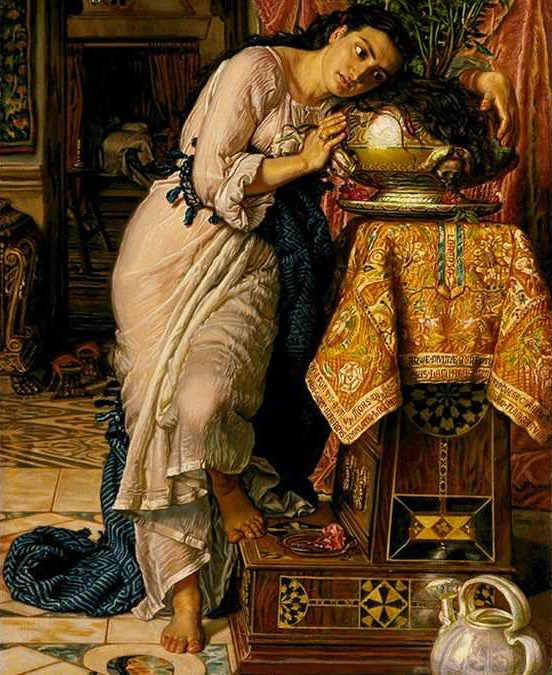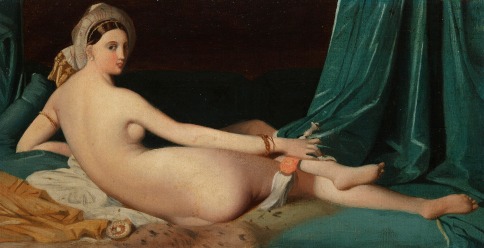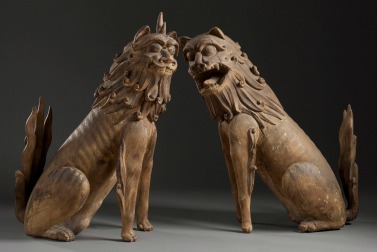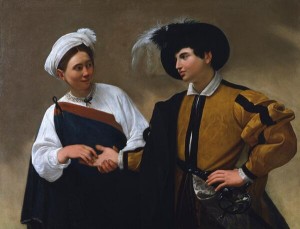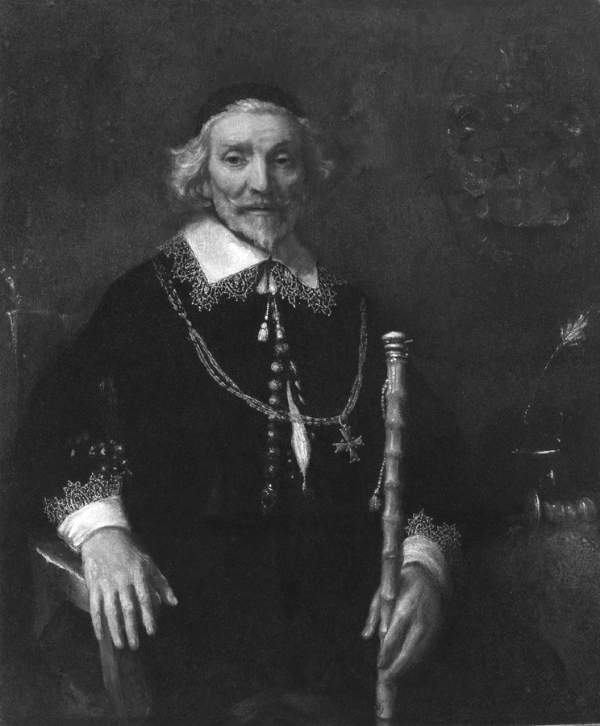While inveighing against the Delaware Art Museum’s planned deacccession of William Holman Hunt’s Isabella and the Pot of Basil at Christie’s in London next month,  Pre-Raphaelite expert Mark Samuels Lasner (below) brought up a very touchy subject: why not sell undistingished contemporary artworks instead?
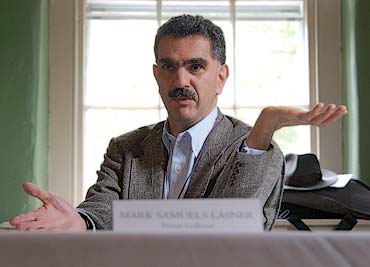 Lasner, who according to USA Today is “a senior research fellow at the University of Delaware Library and an expert on Victorian literature and art,” called the planned sale “sacrilege.”
Lasner, who according to USA Today is “a senior research fellow at the University of Delaware Library and an expert on Victorian literature and art,” called the planned sale “sacrilege.”
“Isabella and the Pot of Basil is “an extraordinarily significant painting,” said Lasner, who has amassed a 9,000-piece collection of Victorian books, manuscripts and letters that has been exhibited worldwide.
In 2009, Lasner helped organize the “Useful and Beautiful” international conference and related exhibitions, which highlighted Delaware’s Pre-Raphaelite treasures. For the last 10 years, he has helped fund an annual Pre-Raphaelite student fellowship under a joint program between UD Library and the museum.
But Lasner said he is weighing no longer supporting the museum – either through fellowship funding or a financial bequest – in light of the Hunt sale….
The Pre-Raphaelite collection is the museum’s “core, the reason for the institution’s very existence,” along with American illustration, Lasner wrote.
The Lasner proposed an alternative — selling “post-1950 contemporary art holdings, ‘most of which are undistinguished.’ ”
Most museum directors I’ve discussed this with won’t go there. Some would like to sell contemporary art works they feel will not stand the test of time. But there are two problems: they don’t want to offend living artists — not only the ones whose works would be sold, but also others who might take offense at the practice. Second, they’re afraid that the works aren’t worth much — and that their sale would be a signal of an artist’s insignificance, depressing prices even more.
Photo Credit: Courtesy of the American Printing History Association, Chesapeake Chapter

